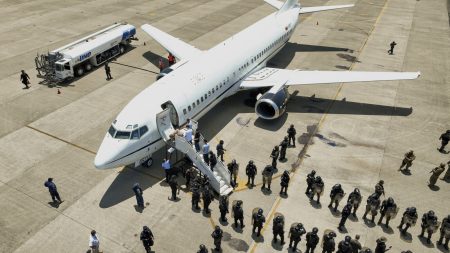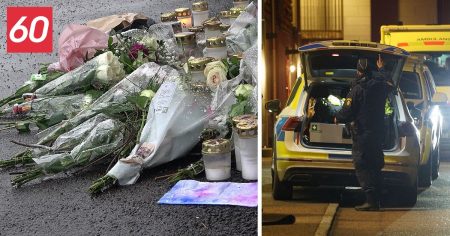The initial alarm, jarring and urgent, reverberated through Stockholm’s emergency response network on a Tuesday afternoon. Reports flooded in of a powerful explosion in the central Södermalm district, a vibrant area known for its trendy shops, bustling restaurants, and historic architecture. The precise location initially remained unclear, shrouded in the chaos of conflicting eyewitness accounts and the sheer volume of emergency calls. Early reports painted a picture of devastation, with mentions of a collapsed building, shattered windows in surrounding structures, and a thick plume of smoke billowing into the sky, visible from miles away. The immediate fear was of a large-scale disaster, potentially involving numerous casualties. Emergency services, including police, fire brigades, and ambulance crews, were dispatched en masse to the suspected blast site, their sirens adding to the cacophony of the unfolding crisis.
As first responders converged on Södermalm, a frantic race against time ensued to determine the nature and extent of the explosion. The immediate priority was to locate and rescue any survivors trapped amidst the debris, while simultaneously containing the potential spread of fire and assessing the structural integrity of surrounding buildings. The area was swiftly cordoned off, diverting traffic and pedestrians away from the immediate danger zone. Communication lines between emergency services personnel buzzed with activity as they attempted to piece together a coherent picture from the fragmented and often contradictory information pouring in. The initial apprehension of a terrorist attack, given the scale of the explosion, loomed large, adding a layer of complexity and urgency to the response efforts. Simultaneously, investigators began their preliminary inquiries, seeking to establish the cause of the blast, whether it was accidental or intentional.
The immediate aftermath of the explosion was a scene of controlled chaos. Amidst the swirling dust and debris, first responders worked tirelessly, their every move dictated by a delicate balance of speed and caution. Sniffer dogs were deployed to search for survivors, while specialized teams meticulously combed through the rubble, their efforts illuminated by emergency floodlights that pierced the deepening twilight. Medical teams set up triage stations on the periphery of the blast zone, prepared to treat the injured and transport the most seriously wounded to nearby hospitals. The air hung heavy with the smell of smoke and dust, mingling with the raw emotions of fear, anxiety, and uncertainty. As the initial rescue efforts progressed, the focus began to shift towards understanding the root cause of the devastating event.
As the dust began to settle, both literally and figuratively, a clearer, though still evolving, picture of the incident emerged. While the initial fears of a terrorist attack remained a possibility, early evidence pointed toward a more localized, albeit devastating, cause: a gas leak within a residential building. Investigators meticulously examined the site, analyzing debris patterns, collecting witness testimonies, and piecing together the sequence of events leading up to the explosion. The findings suggested that a significant buildup of gas, possibly due to a faulty appliance or a damaged gas line, had created a volatile environment that ignited with catastrophic force. The exact trigger for the ignition remained under investigation, but the focus shifted from an intentional act of malice towards a tragic accident, albeit one with significant repercussions.
The aftermath of the explosion extended far beyond the immediate blast zone. The incident sent shockwaves through the city, both metaphorically and literally. The sudden and unexpected violence shattered the tranquility of a typical Tuesday afternoon, leaving residents and visitors alike grappling with the realization of their city’s vulnerability. The media descended upon the scene, their cameras capturing the devastation and conveying the emotional toll of the event to a wider audience. The explosion served as a stark reminder of the inherent risks associated with modern urban living, and the critical importance of robust safety regulations and vigilant maintenance of infrastructure. The city of Stockholm, known for its safety and security, was forced to confront the unsettling reality of unexpected disasters.
In the days following the explosion, the focus shifted from immediate response to recovery and rebuilding. The city rallied to support those affected by the blast, offering shelter, medical care, and emotional support. Community organizations and volunteers mobilized to provide assistance with cleanup efforts, donating food, clothing, and essential supplies to those displaced by the explosion. The city government launched an investigation into the incident, aiming to identify any systemic failures that may have contributed to the disaster and to implement measures to prevent similar events from occurring in the future. The explosion in Södermalm served as a tragic reminder of the fragility of urban life and the importance of preparedness, resilience, and community solidarity in the face of unforeseen calamities.














